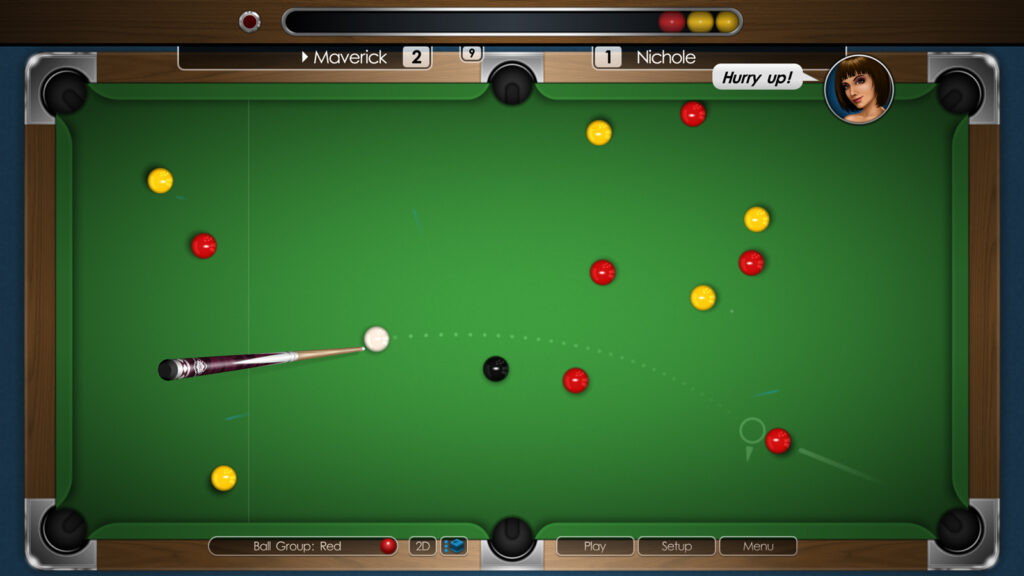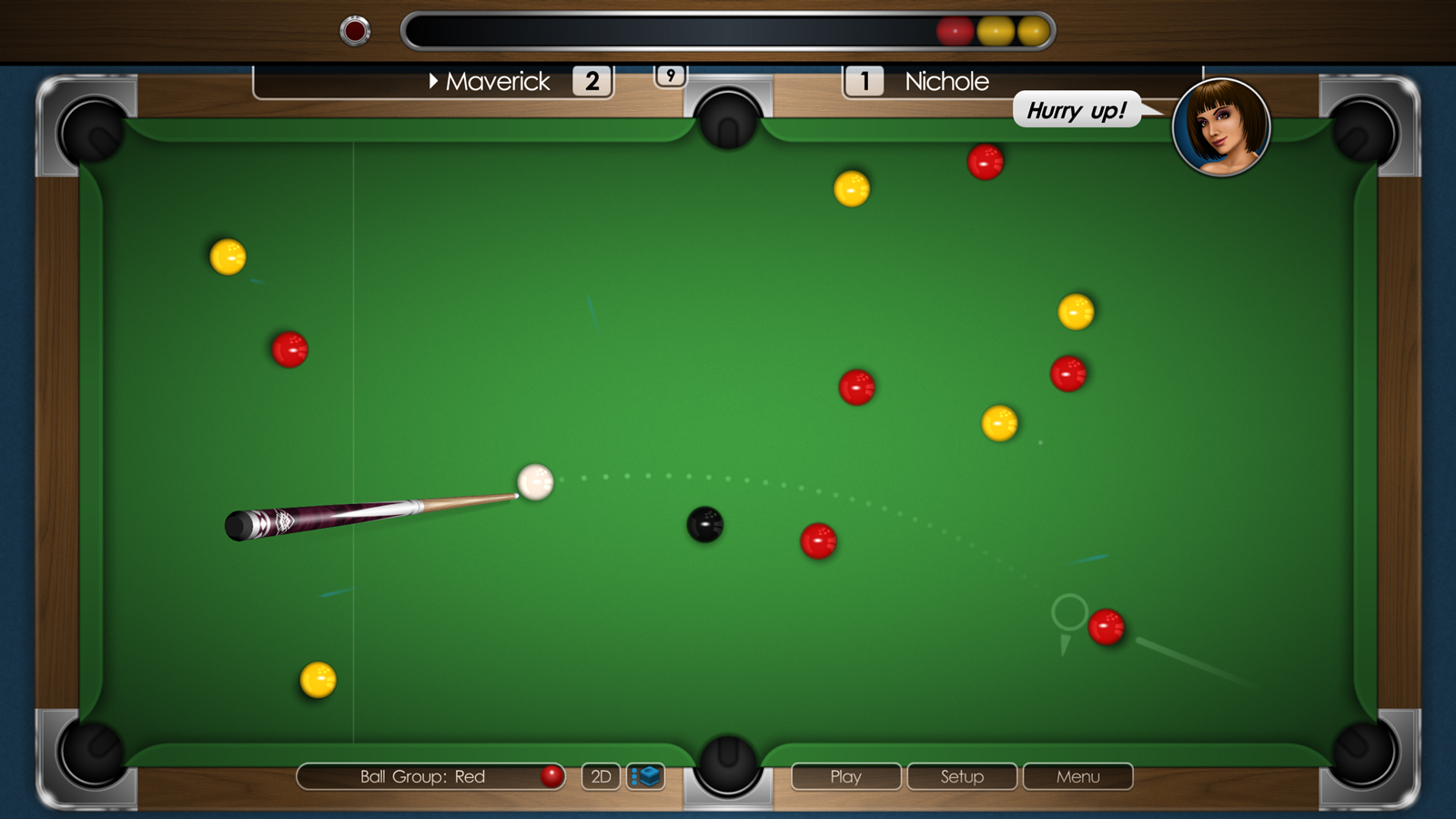
The Ultimate Guide to Game Cues: Choosing, Maintaining, and Mastering Your Stick
For players of billiards, pool, snooker, and other cue sports, the game cue is more than just a tool; it’s an extension of themselves, a trusted partner in the pursuit of precision and victory. Choosing the right game cue, understanding its components, and mastering its use are crucial steps in elevating your game. This comprehensive guide will walk you through everything you need to know about selecting, maintaining, and using your game cue to its full potential.
Understanding the Anatomy of a Game Cue
A game cue is comprised of several key parts, each contributing to its overall performance and feel. Understanding these components is essential for making informed decisions when choosing a cue and for maintaining it properly.
- Tip: The tip is the point of contact between the cue and the cue ball. It is usually made of leather and comes in varying degrees of hardness. Harder tips provide more power but less control, while softer tips offer greater spin and finesse.
- Ferrule: The ferrule is a small collar made of ivory, plastic, or other durable material that sits at the end of the shaft, protecting it from splitting upon impact.
- Shaft: The shaft is the long, tapered portion of the cue that connects the tip to the handle. Shafts are typically made of maple or ash wood, and their taper and flexibility significantly impact the cue’s feel and performance.
- Joint: The joint connects the shaft to the butt of the cue. Joints come in various materials and designs, each affecting the cue’s balance and overall feel. Common joint materials include steel, wood, and composite materials.
- Butt: The butt is the bottom portion of the cue, providing weight and balance. Butts are often made of exotic woods, decorated with intricate designs, and finished with a protective coating.
- Wrap: The wrap is the covering on the handle of the cue, providing grip and comfort. Wraps can be made of leather, linen, nylon, or other materials.
- Butt Cap: The butt cap protects the bottom of the cue from damage.
Choosing the Right Game Cue: Factors to Consider
Selecting the perfect game cue is a personal process, dependent on your playing style, budget, and preferences. Here are several key factors to consider:
Weight and Balance
The weight of a game cue typically ranges from 18 to 21 ounces. The ideal weight depends on your personal preference and playing style. Lighter cues are generally favored for finesse shots, while heavier cues provide more power. The balance point of the cue also affects its feel. A cue with a forward balance point will feel heavier, while a cue with a rear balance point will feel lighter.
Shaft Taper and Flexibility
The taper of the shaft affects the cue’s stiffness and feel. A pro taper, which is thicker at the joint and gradually thins towards the tip, provides a stiffer feel and more power. A European taper, which is thinner at the joint and gradually thickens towards the tip, offers a more flexible feel and greater control. The flexibility of the shaft also impacts the cue’s spin characteristics. More flexible shafts tend to impart more spin on the cue ball.
Joint Type and Material
The joint type and material affect the cue’s feel and sound. Steel joints provide a solid, responsive feel, while wood joints offer a softer, more traditional feel. Composite joints offer a balance of both. The joint pin also affects the cue’s performance. A longer pin generally provides a more solid hit, while a shorter pin offers a more flexible feel.
Tip Material and Hardness
The tip material and hardness significantly impact the cue’s performance. Leather tips are the most common, but synthetic tips are also available. Harder tips provide more power and are less prone to mushrooming, while softer tips offer greater spin and control. Experiment with different tip hardnesses to find what works best for your playing style.
Budget
Game cues range in price from a few dollars to thousands of dollars. Set a budget before you start shopping and stick to it. Remember that a more expensive cue is not necessarily a better cue. Focus on finding a cue that feels comfortable and performs well for you, regardless of its price.
Maintaining Your Game Cue: Ensuring Longevity and Performance
Proper maintenance is essential for preserving the longevity and performance of your game cue. Here are some key maintenance tips:
- Clean the Shaft Regularly: Use a clean, damp cloth to wipe down the shaft after each use. This will remove chalk dust and dirt, preventing it from building up and affecting the cue’s smoothness.
- Condition the Shaft: Apply a thin coat of shaft conditioner to the shaft every few weeks to keep it smooth and supple. This will help prevent the shaft from drying out and cracking.
- Shape and Scuff the Tip: Regularly shape and scuff the tip to maintain its optimal shape and grip. Use a tip shaper to maintain the desired curvature and a tip scuffer to roughen the surface of the tip, ensuring good contact with the cue ball.
- Protect Your Cue: Store your cue in a case or rack when not in use to protect it from damage. Avoid exposing your cue to extreme temperatures or humidity, as this can cause it to warp or crack.
- Re-Tip When Necessary: The tip will eventually wear down and need to be replaced. When the tip becomes too thin or damaged, have it re-tipped by a professional.
Mastering Your Game Cue: Techniques and Strategies
Owning a quality game cue is only half the battle. Mastering its use requires practice, patience, and a solid understanding of cueing techniques. Here are some tips to help you improve your cueing skills:
Grip
The grip is the foundation of a good cueing stroke. Hold the cue loosely and comfortably, with your fingers wrapped around the handle. Avoid gripping the cue too tightly, as this can restrict your stroke and affect your accuracy.
Stance
Your stance should be stable and balanced, with your feet shoulder-width apart and your body aligned with the shot. Bend your knees slightly and lean forward, keeping your head directly over the cue ball.
Stroke
The cueing stroke should be smooth and controlled, with a consistent follow-through. Keep your eye on the cue ball throughout the stroke and avoid jerky or erratic movements. Practice your stroke regularly to develop consistency and accuracy.
Aiming
Accurate aiming is crucial for making shots. Use a consistent aiming method and practice regularly to improve your accuracy. Visualize the path of the cue ball and the object ball before you take your shot.
Spin Control
Learning to control spin is essential for advanced play. Experiment with different cueing positions to impart different types of spin on the cue ball. Practice using spin to control the cue ball’s position and shape your shots.
The Impact of Game Cue Technology
The world of game cues is constantly evolving, with new technologies and materials emerging regularly. Low-deflection shafts, for example, are designed to reduce cue ball deflection, making it easier to control the cue ball’s path. Carbon fiber shafts offer increased stiffness and durability, while composite joints provide enhanced feel and responsiveness. Staying informed about these advancements can help you make informed decisions about your equipment and potentially improve your game. [See also: Cue Ball Control Techniques]
Choosing a Game Cue for Different Cue Sports
While the fundamental principles of game cues remain the same across different cue sports, there are some nuances to consider depending on the game you play. For example, snooker cues are typically shorter and have smaller tips than pool cues. Carom cues are often weighted differently to accommodate the unique requirements of that game. Understanding these differences can help you choose a cue that is specifically tailored to your chosen cue sport. [See also: Different Types of Pool Games]
Conclusion: Investing in Your Game with the Right Cue
Choosing the right game cue is an investment in your game. By understanding the components of a cue, considering the key factors when selecting one, and maintaining it properly, you can ensure that your cue serves you well for years to come. Combine this with consistent practice and a dedication to improving your technique, and you’ll be well on your way to mastering the art of cue sports. The perfect game cue is out there; take the time to find it and elevate your play.

